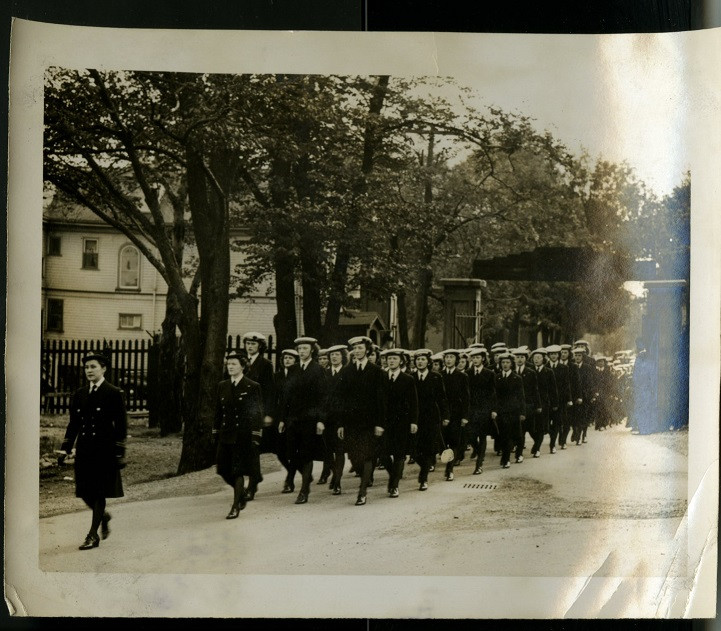Women in the war
Remembering the WRCNS
When it comes to Remembrance Day services, women’s contributions to the First and Second World Wars are often forgotten. However, during the Second World War, some women served in the Women’s Royal Canadian Service (WRCNS).
These women, known as the Wrens, borrowing the nickname of the Women’s Royal Navy Service, “came from all walks of life,” David J. Freeman, naval historian and veteran, says. They were “people who wanted to do something completely different with their life. They didn’t want to be a file clerk in a company. This was a chance for adventure.”
“During the war, the women went into the navy to free up a male counterpart so they could work on ships,” postwar Wren Anita Chapman says. “Jobs that were done by the men originally now became part of a female role.” Wrens served as cooks, drivers, mechanics and even codebreakers. “A lot of women had husbands and brothers already in the Forces, and they were looking to do their part.”
“Over 6,800 women served in the navy during the war,” Freeman says, “They served from Victoria all the way to Scotland and Ireland. Five hundred of them were stationed in Newfoundland as visual signallers, using lights, morse code and flags.” Wrens worked almost exclusively on land in service roles, but “the ones stationed in London, England were at risk of being blown up by the V-1 or V-2 bombs.
“They proved to the male hierarchy that they could do the job just as well as men and in the same type of conditions. The visual signal women were out in all weather, 24 hours a day, seven days a week and doing exactly the same job as their male counterparts. When it came to coding, the senior officers found out that women were actually better at the job than the men were.”
“Generally speaking,” Freeman says the WRCNS are not recognized in Remembrance Day services, “unless there is a WRCNS group in that area,” as there is in Toronto, where they will sometimes parade and lay a wreath. “They used to be remembered in Victoria, but there are few of them left, and not any in marching condition, so they don’t go.”
“Most of the women who were in Winnipeg – and there was quite a lot of them that did sign up to serve in the (Second World War) – those women would all be in their late 90s now, and so many of them have passed away,” Chapman says.
“I would like to see more mention of them being made on Remembrance Day,” Freeman says.
Chapman says the wartime Wrens were “certainly an example of the high regard that women (had) placed (upon them) in the war effort, (and the women who joined after the war tried) to follow in their steps, to carry on the pride of the service,” which many more people have since 1981, when military colleges officially opened to women.
“The Western world in general had to change their way of looking at the role of women ... I like the fact that young women today are told they can be anything they want to be,” Chapman says.
Published in Volume 74, Number 9 of The Uniter (November 7, 2019)





